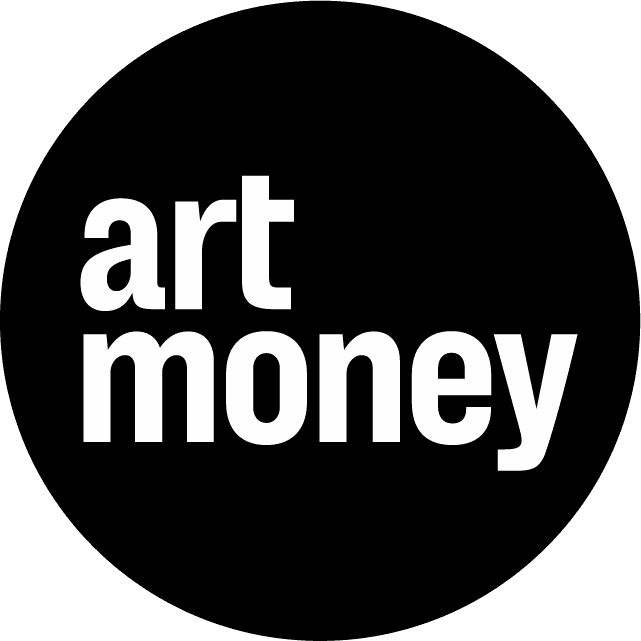In a presentation that could be likened to 'Digital Ayahuasca,' an innovative approach is described for fostering empathy among small groups, eventually reaching audiences worldwide. The technique relies on emotional storytelling without spoken language, leading participants through experiences designed to prompt presence and subsequent euphoria, thereby creating empathy. This process is likened to the reflective journey induced by Ayahuasca.
The method was initially tested with audiences of around 40 to 50 people. The concept - trauma followed by euphoria equates to empathy - was utilised to engage participants deeply. Though 'trauma' here refers not to adverse experiences, but to moments that heighten awareness and presence.
The approach was explored globally, in various settings, confirming its efficacy in evoking empathy among guests. Attempts to scale up the experience, including a large-scale event with Apple and an innovative session aboard a Lufthansa flight, were met with challenges in maintaining the generated empathy.
The realisation that for empathy to be lasting, the 'trauma' or moment of presence needs to precede the euphoric experience led to further experimentation at festivals and large gatherings. Using mathematical layouts to manage crowd dynamics, the audience was segmented into smaller groups to ensure the technique's effectiveness.
Transitioning into virtual reality (VR), the initial attempts at replicating real-world experiences fell flat, leading to a renewed focus on navigating people through architecture with light and sound, the core elements of the original approach. By incorporating biometrics such as eye tracking and heart rate variability, a more profound understanding of the participant's emotional journey was achieved.
Testing on over a thousand people showed great promise in the context of mental health, leading to plans for an even larger scale project. This new venture will involve biofeedback and biometric data to create a collective, wordless, empathetic experience for a large audience, potentially on a global scale.
Sean is a British Futurist working in the field of experimental performance, XR and neuroscience. His work has been exhibited globally. Since 2012 He has been leading a team of future thinking artists, designers and scientists to explore the full potential of the Waldorf Project experiment which he founded in 2012. It went on to become recognised as the world's most extreme immersive art performance, presenting amongst other accomplishments, the world's largest empathy engineering experiment to 5,000 people in a jungle in Thailand and the world's highest empathy engineering experiment to 400 people on a special Lufthansa flight. Working with XR to bring all these ideas to life, Sean is now exploring the full potential of these ground-breaking ideas with his new company Awen, which he is the co-founder of, and pushing the boundaries once again into the digital space.


